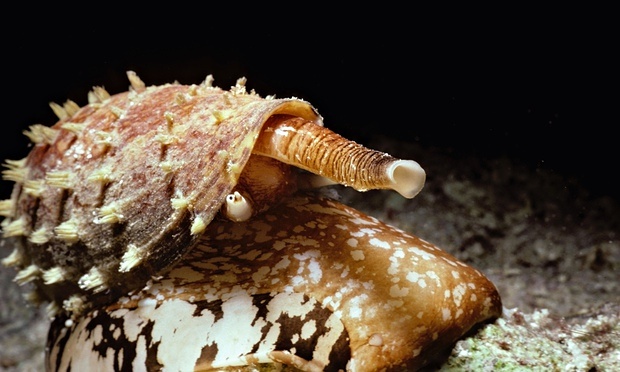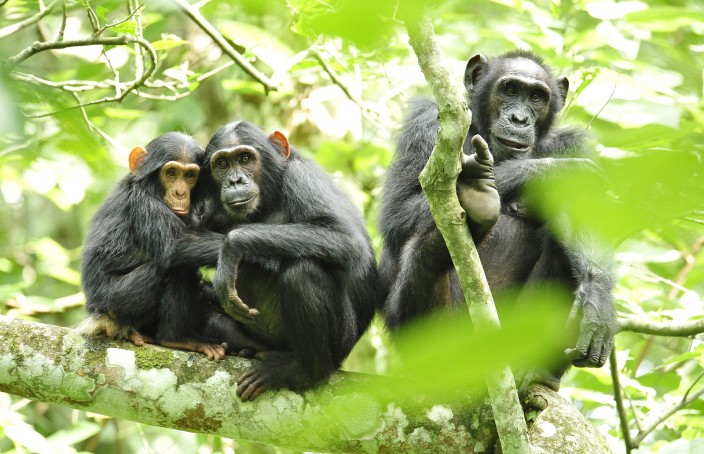The relationship between animals and diabetes has always been significant. The first type of insulin to be administered to humans to control blood glucose levels was animal insulin derived from cows and pigs, after all.
Animal insulin was gradually replaced by human insulin in the 1980s (animal insulin is still available on prescription), but in recent years a wave of stories has emerged detailing complex relationships between animals and the mechanisms of diabetes. The most recent of these is a study reporting that more sociable chimpanzees are less likely to develop type 2 diabetes.
The research concluded that gregarious chimpanzees are more likely to have healthier gut microbiomes. The gut microbiome is home to hundreds of species of bacteria and other microbes that help fight infection, break down food and train the immune system.
According to King’s College London, the genetic makeup of humans influences whether we are fat or thin by shaping which types of microbes thrive in the body. Reduced gut microbial diversity in humans is linked to obesity, type 2 diabetes and other diseases, but co-author of this new study, Andrew Moeller, research fellow at the University of California, Berkeley, said: “The more diverse people’s microbiomes are, the more resistant they seem to be to opportunistic infections.”
So, if being sociable improves the gut health of chimps, do the findings hold relevance for humans?
As yet, scientists don’t know. “One of the main reasons that we started studying the microbiomes of chimpanzees was that it allowed us to do studies that have not or cannot be done in humans,” said study co-author Howard Ochman of the University of Texas at Austin.
Interactions with other chimps over a lifetime were found to be just as important for gut microbial diversity as initial exposure to their mothers. Additionally, the researchers uncovered thousands of species in the chimps’ guts, many of which are commonly found in humans.
Further research will investigate how individual fluctuations in chimpanzee gut microbiome diversity impact their health, and it will be fascinating to see if further findings might apply to social networking among humans.
Killing with insulin

One story that has slightly more bizarre implications for humans is that of the cone snail.
The cone snail hunts by spraying a mixture of neurotoxins over its prey. One of these components is a type of rapid-acting insulin that immediately induces hypoglycemia, leaving a fish powerless to fight back.
This is the first known example of insulin being discovered as a component of venom, and could provide valuable insight into the way that insulin is regulated and extended to human research.
While the cone snail uses its insulin to eat and live longer, the black rhino is an animal that is more frequently being affected by insulin in a different way; specifically, insulin resistance.
A 2015 study found that more and more captive black rhinos are suffering from insulin resistance and inflammation. Essentially, they are developing prediabetes. Captive rhinos had more signs of prediabetes than their wild counterparts, but there was nothing to suggest they were particularly at risk of insulin resistance.
Pam Dennis, clinical assistant professor of veterinary preventive medicine, Ohio State University, did not suggest that zoos are causing this health problem, but called for zoos to manage their nutrition differently and for zookeepers to make sure adult rhinos that tend to live a sedentary lifestyle are motivated to move at mealtimes to their eating locations.
Medical Detection Dogs
Lastly, a more heart-warming relationship between diabetes and an animal can be seen through hypo alert dogs.
Medical Detection Dogs is a charity that trains dogs to help people with long-term, life-threatening conditions and its dogs can smell low blood sugar on the breath of diabetic humans, which is immensely valuable for people at risk of hypos, while the dogs can also be trained to fetch testing kits in response.
Hypo alert dogs can alert their owners to imminent medical crises and significantly improve their quality of life, providing a new variation on the age-old term “man’s best friend.”





